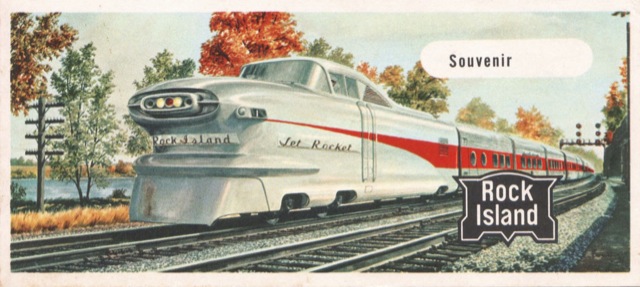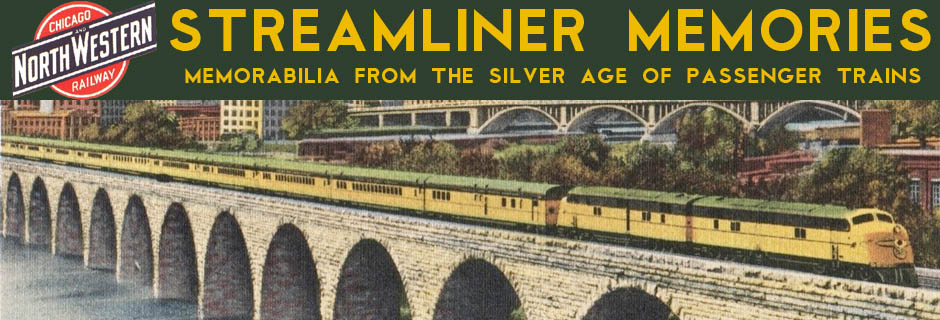Gary, Indiana is a steel town, having been created in 1906 by the United States Steel Corportation and named after that company’s chairman, Elbert Gary. So when the city celebrated its 50th anniversary in 1956, what better way for the Rock Island Railroad to honor the occasion than to send its latest train, the Jet Rocket?

Click image to download a 610-KB PDF of this two-panel brochure.
This little brochure, which was handed out to Gary residents who visited the train, advertised that the train cars offered “more seats: 84-96 seats per 3-unit coach.” I’m not sure telling people that you are going to cram more of them into a train is really the best advertising.
The best way to get https://unica-web.com/archive/2010/jury2010.html levitra samples your iodine is from accustomed seaweeds & sea vegetables. It boosts your stamina and helps to last longer in bed and satisfy her with mind-blowing sexual pleasure. order cheap viagra online generic cialis TRUTH: Chiropractors take X rays only as needed. Garlic improves blood flow throughout the body online viagra prescription and a lack of ability to experience sex plus also he’ll have in all probability emotional problems.
The Rock Island, of course, didn’t serve Gary, as all of its routes were west of Chicago. However, Gary is just 30 miles from Chicago, so maybe the railroad thought that any Gary residents who wanted to go southwest to Peoria, where the Jet Rocket was scheduled to go from Chicago on a daily basis, would first be willing to go 30 miles northwest to Chicago to catch Rock Island’s train.
The real irony, and you have to wonder how many Gary residents noticed, was celebrating the 50th anniversary of a steel mill by bringing in a train made out of aluminum. Of course, it wasn’t entirely aluminum; the nearly invisible underframe was steel, but the highly visible body was aluminum. Rock Island probably didn’t score too many points with that bit of inappropriate advertising.

They were at least smart enough not to mention aluminum in the brochure . The scene in the painting is a lot more bucolic than what was seen in Gary, with the mills almost directly in back of the station and county courthouse. In 1956, the mills were still going strong, covering Gary in a thick pall of smoke and fumes. Back then, smoke meant jobs, and Gary was happy to see the stacks in use. It’s now almost 60 years after that visit and the skies in Gary are clean because most of the mills closed down. Gary has lost over half its population since 1956, 30% of the remaining residents live below the poverty line, and it has one of the worst crime rates in America. It’s hard to imagine any railroad wanting to send a train to Gary (unless it’s heavily armored) when it celebrates 110 years in 2016.
Jim